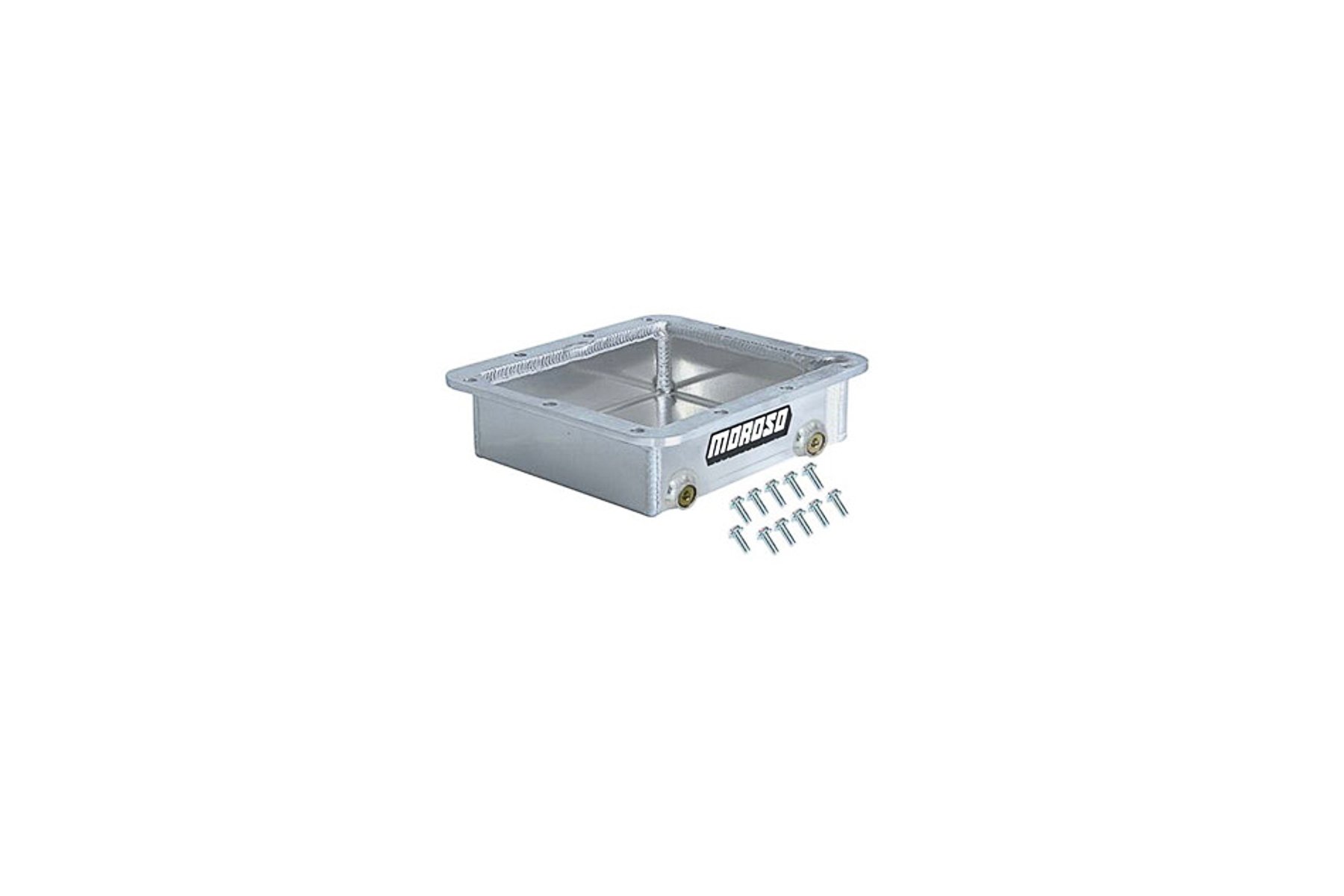Well, we did it again. After lying to everyone, including ourselves, about wanting to step back from serious racing endeavors, we ended up purchasing a Fox Body Mustang. Not only did we buy a Fox Body Mustang, but the one we purchased was a former race car, and a grudge car at that. The idea of it ever being street-legal was as far-fetched as converting its extremely-lightened chassis into a competitive Ultra Street Shootout Class car. However, where there’s a will, there’s a way, and once again, we found ourselves building a car for class racing.
Ultra Street Class
Ultra Street is a heads-up radial small-tire class designed for American production vehicles. Participants can choose between V6, inline-six, small- or big-block V8 engines and use a single power adder. Depending on their engine combination, tire choice, and fuel, they can qualify for weight breaks. To us, it was essentially a balancing act, determining what generates the most power while still benefiting from the most weight reductions.
So, why Ultra Street? While racing is in our blood, our experience with our former X275 car, Project Evil, taught us that the faster the class, the more expensive it becomes. Not only that, but the X275 car required constant maintenance and an enormous amount of man-hours just to keep it running throughout the season. By the end of it all, we were burnt out. Ultra Street addresses some of these concerns with rules that promote engine longevity and provide a comparatively lower cost to participate in than X275 or Pro 275.

Some readers might recall our X275 car that was built for class racing. This car taught us a lot about radial racing and engine combinations for success.
We’re also accustomed to building cars for radial racing and are big fans of Ford’s 8.2-deck small-block engine. Our goal was to construct a small-block Ford with a 76mm turbocharger, adhering to the class restrictions. While the turbocharged setup doesn’t offer as many weight breaks as a nitrous-powered 8.2-deck build, we decided to minimize consumables, including nitrous oxide, to make our season go a little smoother.
Currently, the class is full of cars running 1/8-mile passes in the 4.5-4.7- second range. While our car will sit around 3,000 pounds, we wanted to have at least 1,400-1,500 wheel horsepower on tap. We enlisted the help of KBX Performance and Bennett Racing Engines to ensure that our small-block Ford would not only last, but thrive.
The Ford-Midable Fox
The Fox Body has become the most sought-after chassis in drag racing, so it’s no surprise that when we were in a hurry to find a new stock-style suspension chassis, we came across a few built ones with drag racing in mind. We had gotten ahead of ourselves and instead of waiting for a former Ultra Street car to come up for sale, we decided to explore a former supercharged grudge car and have our chassis expert transform it into what we initially wanted. It’s an undertaking that I’m sure he was thrilled about.
We were aware of the need to make some adjustments in this build. After all, safety standards differ significantly from one person to another, and especially when transitioning away from the grudge racing scene. But with a 25.5 cage already installed, how many changes could possibly need to be made? Short answer: a lot. Before we could even consider installing a drivetrain, significant chassis modifications were necessary.
25.3 Reasons For Safety
The major issue we immediately identified was the cage. The existing 25.5 cage was connected to the factory floor pan and tubing clumsily inserted into the frame rails. Basic subframe connectors attempted to minimize chassis flex. However, this setup didn’t meet our needs, so we chose to remove the entire factory floor pan and transmission tunnel.
The 25.5 cage was attached to the floor pans, with a few additional pieces welded onto the factory frame rails. We chose to enhance the build by tying the 25.5 cage into a tubular floor section, providing the chassis with added strength and safety.
With the floor pan removed, we created a new center section that added extra bracing while integrating with the 25.5 cage. We also made adjustments to the funny car cage to suit our driver’s seat preference, and added more gussets to the B-pillar bar. While I won’t go into all the small details our fabricator had to address and redesign, it’s safe to say our next build may come with a higher hourly rate. The outcome of our chassis work is 25.3-certified, but with some 25.2 tubes added, that meets SFI regulations for the speed and elapsed times we’re aiming for.
We added a few tubes to give our pilot more safet, but more importantly the new design allowed him to run his favorite seat.
While the rear of the car retained its stock-suspension setup, it required a full mini tub and sheet metal work. To enhance strength, we also installed Merillat Racing torque boxes. During this process, we noticed that the parachute mount was bent, but it was leaning toward the front of the car instead of being pulled back. We later discovered that the previous owner had used the mount as a push bar. This wasn’t a major concern, except that the parachute mount lacked reinforcement and was bending when pushing the 3,000-pound car across the pits.
The front end presented some head-scratching puzzles as we tried to figure out why everything in front of the struts had been removed, and how the construction of the tubular front end was made. We replaced the previous K-member with a Racecraft unit and delved into the tubular front end. We extended it to accommodate the engine properly and installed new caster/camber plates. Additionally, we addressed the crooked rear transmission crossmember, which could have caused issues down the road.
Realigning Chassis Priorities
You might think we are disappointed with all the discoveries, but honestly, this is how racing goes. Yes, we could have paid for a new Ultra Street chassis or waited for a used one to become available, but that’s not our style. There’s something uniquely satisfying about taking a chassis and repurposing it for a specific class, and, above all, safety.
In the coming months we’ll be talking about engine build and even dive heavily into the fabrication of our turbo setup. So, if you’re excited about our Ultra Street project, stay tuned, because we’re just getting started.














